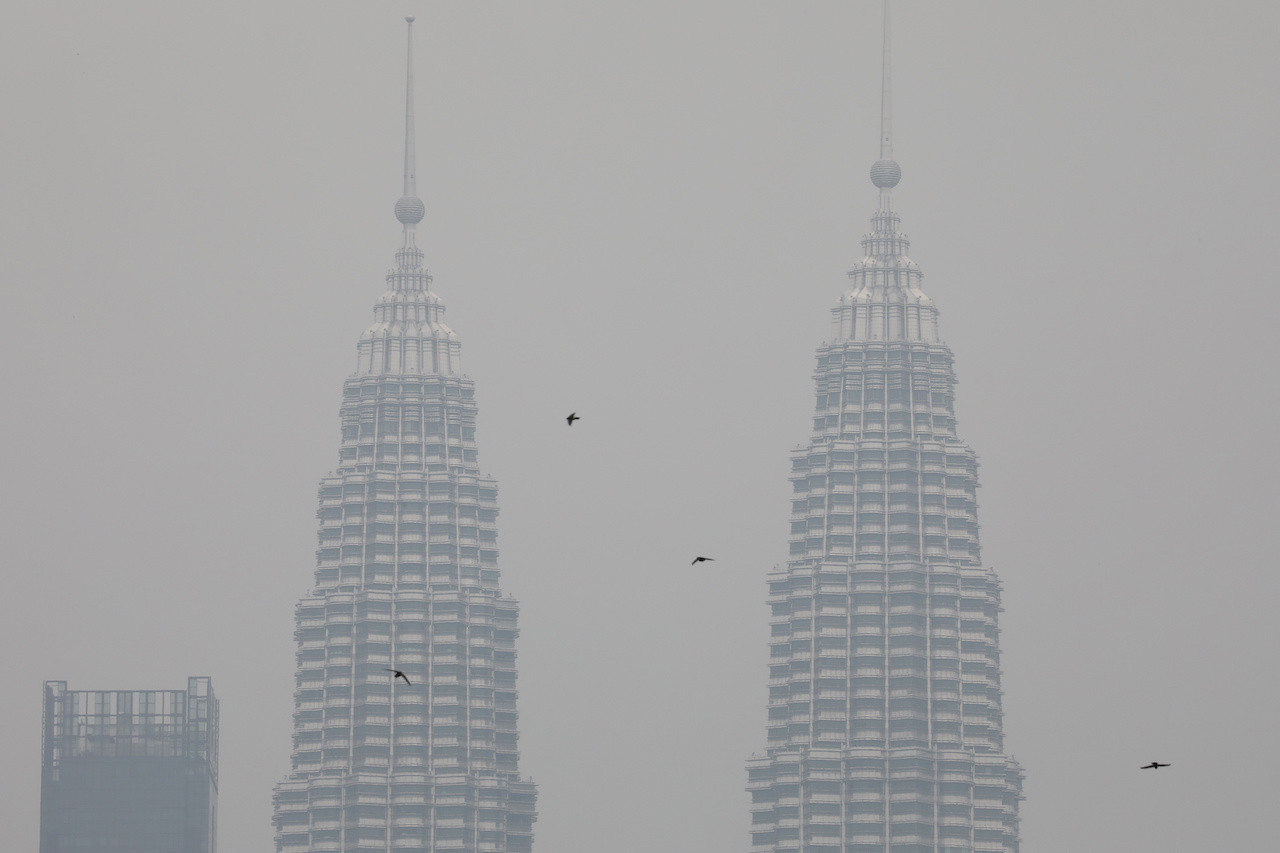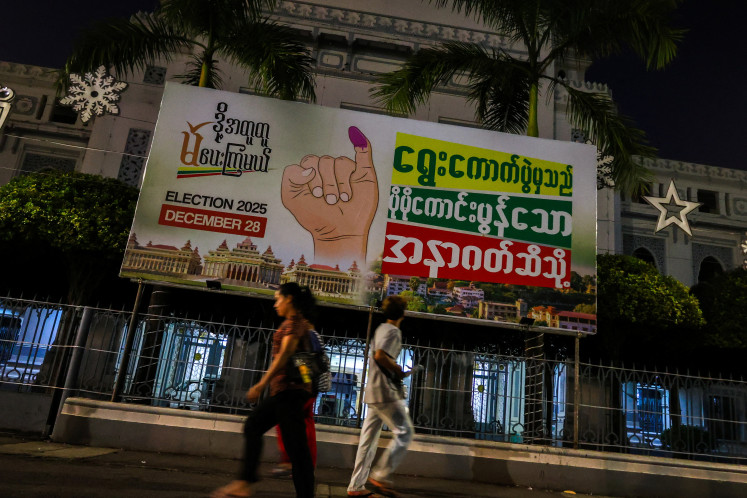Popular Reads
Top Results
Can't find what you're looking for?
View all search resultsPopular Reads
Top Results
Can't find what you're looking for?
View all search resultsHazy mitigation efforts
But with more than 5,000 hot spots detected across Indonesia just in the past week, more and more people are beginning to wonder: Is Indonesia doing enough this time around?
Change text size
Gift Premium Articles
to Anyone
T
he specter of a deadly haze that engulfed parts of Indonesia, Singapore, Malaysia and Thailand in 2015 hangs heavily over the administration of President Joko “Jokowi” Widodo, especially after recent reports put the blame squarely on Indonesia.
Hundreds of schools in Malaysia have been shuttered due to concerns over increasingly poor air quality, and people from the region have expressed their grievances about the adverse effects that transboundary haze has had on their health and daily activities.
Warnings of an increase in the number of hot spots this year have been sounded for months, in hopes that the government will not rest on its laurels after successful mitigation efforts in the past two years. Wildfires burned through 42,740 hectares of land from January to May, nearly double the figure in the same period last year of 23,745 hectares.
The National Disaster Mitigation Agency (BNPB) has said that authorities are deploying dozens of helicopters and more than 200 million liters in water bombings to snuff out the fires, as well as cloud seeding aircraft in the hope of generating rain. Some 9,000 security and disaster agency personnel have also been deployed to fight the flames.
But with more than 5,000 hot spots detected across Indonesia just in the past week, more and more people are beginning to wonder: Is Indonesia doing enough this time around?
It is hard to deny that the growing number of hot spots in Sumatra and Kalimantan this year has had an adverse effect on the overall quality of air in the region. Several parts of Southeast Asia have seen very little rain in recent months because of the El Niño weather pattern, making the threat of forest fires even more palpable than in recent years.
These concerns have given way to a small crisis of trust among environmental institutions in the region, putting Indonesia’s meteorology agency and Environment and Forestry Minister Siti Nurbaya Bakar on the defense about the origin of the haze. They insist there is no evidence to suggest the haze engulfing parts of Malaysia and Singapore was caused by fires in Indonesia.
But ASEAN countries, including Indonesia and Malaysia, share islands and borders, making it practically impossible to exclude one another from efforts to mitigate the haze crisis.
So, while the region’s diplomats are working hard behind closed doors to prevent the spat from growing into a full-on diplomatic crisis, it is inevitable for the Indonesian government to be able to better inform the public — both within its borders and in neighboring countries — on the current efforts to prevent and mitigate another environmental disaster.
The start of the wet season may be delayed until November, as the experts may predict, but there is no reason for Indonesia to wait until then to put out the flames of discontent that continue to envelop the public conscience.










